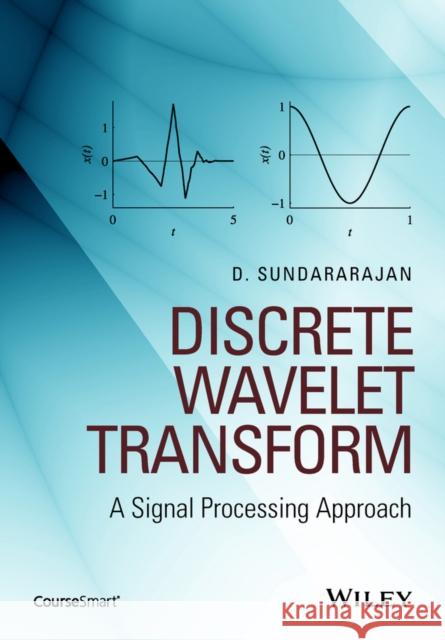Discrete Wavelet Transform: A Signal Processing Approach » książka
topmenu
Discrete Wavelet Transform: A Signal Processing Approach
ISBN-13: 9781119046066 / Angielski / Twarda / 2015 / 344 str.
Provides easy learning and understanding of DWT from a signal processing point of view
- Presents DWT from a digital signal processing point of view, in contrast to the usual mathematical approach, making it highly accessible
- Offers a comprehensive coverage of related topics, including convolution and correlation, Fourier transform, FIR filter, orthogonal and biorthogonal filters
- Organized systematically, starting from the fundamentals of signal processing to the more advanced topics of DWT and Discrete Wavelet Packet Transform.
- Written in a clear and concise manner with abundant examples, figures and detailed explanations
- Features a companion website that has several MATLAB programs for the implementation of the DWT with commonly used filters
-- Prof. Dr. Manfred Tasche - Institut fUr Mathematik, Uni Rostock Full review at https: //zbmath.org/?q=an:06492561











